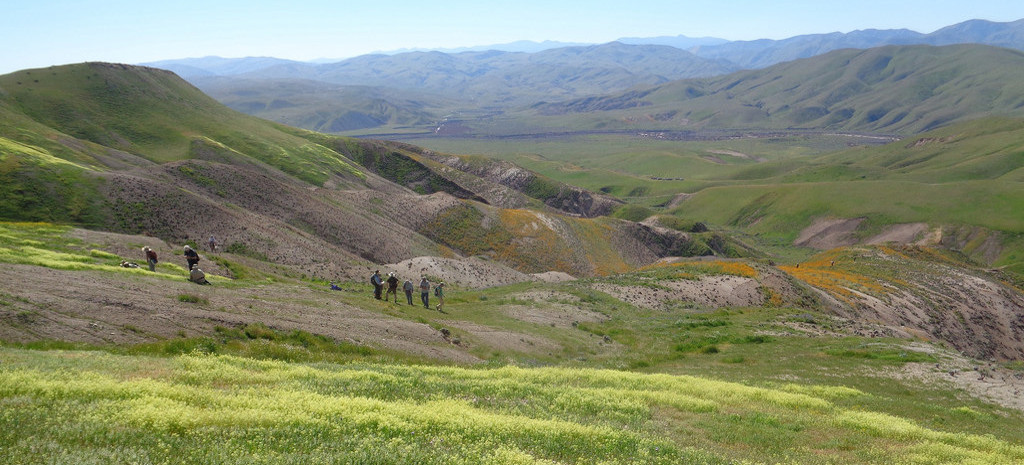In both real and per-capita terms, California has built more solar than anywhere in the United States. But in line with the state’s strong environmental consciousness, you can’t build large solar projects just anywhere.
Consolidated Edison Development is the latest company to learn this the hard way. Late last week the developer entered into a settlement agreement with three environmental groups and the California Department of Fish and Wildlife to move a portion of a contentious large solar project planned for San Benito County south to near the Mexican border.
Despite 117 MW of the original project now moving for Imperial County, the remaining 130 MW project in San Benito County’s Panoche Valley will still be large. However, according to environmental groups it will have less impact on threatened and endangered species and their habitat. This is in part because the settlement agreement includes permanent conservation of roughly 26,000 acres in and around the Panoche Valley – more than five times the area of the original project.
The deal to build the 117 MW in the Imperial Valley will need approval by utility Southern California Edison, which holds a 20-year power contract with the project, and state regulators. However, it will resolve several legal challenges put forward by Sierra Club, Defenders of Wildlife and the Santa Clara Valley Audubon Society.
And now that the agreement has been reached, Consolidated Edison has begun construction of the 130 MW project in the Panoche Valley.
Conservationists vs. big solar
Consolidated Edison may have gotten off easy, and if the project had been stopped altogether, it would be from the first time this has happened in the California, as conservationists in the Golden State are able to utilize environmental laws that are often stronger than their national counterparts.
Multiple gigawatts of concentrating solar power (CSP) and solar PV plants planned for the Mojave Desert were stopped in 2012 and 2013 by environmental and Native American groups who argued that they would permanently damage both cultural heritage and habitat for endangered animals such as the desert tortoise.
And while some of the CSP plants transformed into PV projects, many of them were abandoned altogether.
There is also a seeming irony to Sierra Club, which has been a strong proponent of not only of shutting down coal plants but moving to 100% renewable energy, holding up a solar project. But the Club sees its role as more complex.
“As we work toward lowering carbon pollution, it’s critical that new clean energy development is not done at the expense of endangered animals and their habitat,” stated Sarah Friedman, Sierra Club’s Senior Campaign Representative for the Beyond Coal Campaign.
“The Panoche Valley is critical habitat for three highly endangered species, and the development throughout the valley as originally planned would have been devastating. This settlement agreement came about after years of work to preserve the endangered wildlife and delicate habitat in this valley.”
Disclaimer: The author is a dues-paying member of the Sierra Club.
Correction: This article was corrected at 12:40 PM on July 25. A Sierra Club press release stated that 100 MW of the project would move to Imperial County, however Consolidated Edison has clarified that 117 MW will be built in the Imperial Valley, and 130 MW in the Panoche Valley.
This content is protected by copyright and may not be reused. If you want to cooperate with us and would like to reuse some of our content, please contact: editors@pv-magazine.com.









Just put the panels on the roofs where people and businesses live. My 4,0000 sq ft.house and 2 EV’s run off of a mere 400 sq ft. of solar. No transmission wires, no desert lands needed.